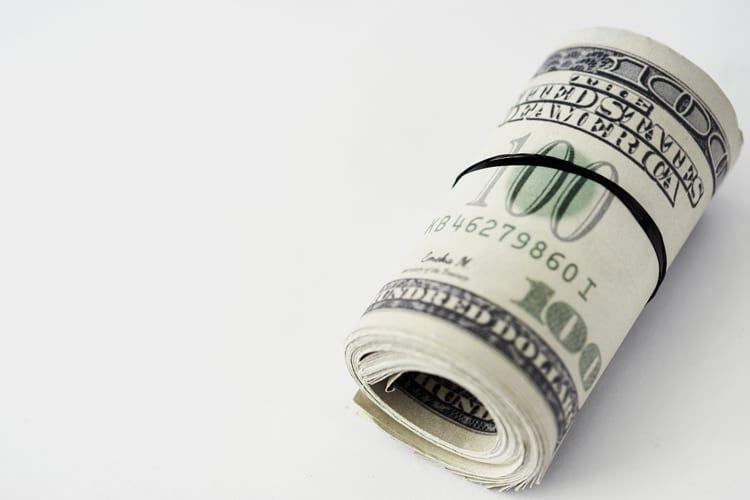Why You Should Have a Sinking Fund

 Disclosure: We’re letting you know that this post contains sponsored links which The Smart Wallet receives compensation for, which may impact their order of appearance. This site doesn’t include all available offers.
Disclosure: We’re letting you know that this post contains sponsored links which The Smart Wallet receives compensation for, which may impact their order of appearance. This site doesn’t include all available offers.
Managing money isn’t always easy. This is pretty evident in the fact that nearly 69% of Americans have less than $1,000 in savings.* If you count yourself among that 69%, you need a way to stash money aside for emergencies and unexpected costs.
Your normal budget might not be working, but a sinking fund can help! Even though the term “sinking” makes this budgeting tool sound like a dangerous pitfall, a sinking fund is actually a strategic way to painlessly save money month by month.
Here’s what you need to know about creating, keeping, and using a sinking fund for your own financial benefit.
What Is a Sinking Fund?
A sinking fund is a simple concept. In fact, you’ve probably used a sinking fund before without knowing its name.
A sinking fund is a certain amount of money set aside at regular intervals in order to save up for a specific experience. It’s named a “sinking” fund because it’s designed to eventually get spent, or sink.
There are many different potential purposes for a sinking fund:
- Vacation
- Holiday gifts
- Home renovations
- Airline tickets
- Car repairs
Sinking funds are meant to be simple and effortless. You save up a small amount each week or month and set it aside, not using it for anything other than its intended purpose.
For example, say you want to save up $1,000 for home improvements. You select the length of time you want to save, such as six months or three months, then determine how often you’ll shift money into your sinking fund. If you spent six months saving for the home improvements, you could save about $170 every month or $42 per week.
When savings are broken down into small chunks, they become much easier to manage than an instant outlay of $1,000 down the road.
How Sinking Funds Differ From Other Savings
Most savings accounts are designed for long-term growth, especially retirement funds and college funds. They work by accumulating interest, and the more you invest, the harder your money works.
Sinking funds are different because they usually don’t last long enough to benefit from savings. They serve the more immediate purpose of helping you afford a specific expense or splurge. As long as you’re intentional about depositing money into your sinking fund regularly, the total amount will quickly add up.
A sinking fund is also different from an emergency fund, which is set aside for unexpected, unavoidable expenses, such as a busted HVAC system or car repairs from an accident. Unlike an emergency fund, which you hope to never spend, you know exactly when you’ll dip into your sinking fund and use the money you purposefully saved over time.
Creating Virtual “Savings Jars” or Sinking Funds
An easy way to keep track of sinking funds is to create virtual “savings jars” to dedicate money exactly where you want them to go.
We recommend using Long Game (iOS or Android), an app that makes banking and saving fun by providing light games, FDIC-insured savings account earning interest, a Visa debit card for instant access to your cash, custom savings goals, and more.
The more money you save, the more you can play their games to win cash prizes, and now, their new debit card lets you earn more rewards just by spending normally. Their RoundUp feature lets your purchases be rounded up to the nearest dollar with the change going towards your savings. So every time you’re buying a meal, getting essentials, etc, you’re contributing to your savings and earning interest!
The app costs $3/month, or get it for free when you set up auto-deposit to savings (the easiest method) or direct deposit and use your card. They offer a 30-day free trial so you can check it out and see if it’s right for you.
When You Should Have a Sinking Fund
Creating a sinking fund is a financially savvy move for anybody with upcoming, predictable expenses that aren’t included in their normal budget. For example, if your child’s 16th birthday is around the corner, or your dog needs hip surgery in a few months.
With a bit of strategic planning, diligence, and commitment, you can set aside all of the money you need and afford those “extras” without straining your monthly budget.
Read More: How to Get Paid $22/Hr Being a Shipt Shopper









